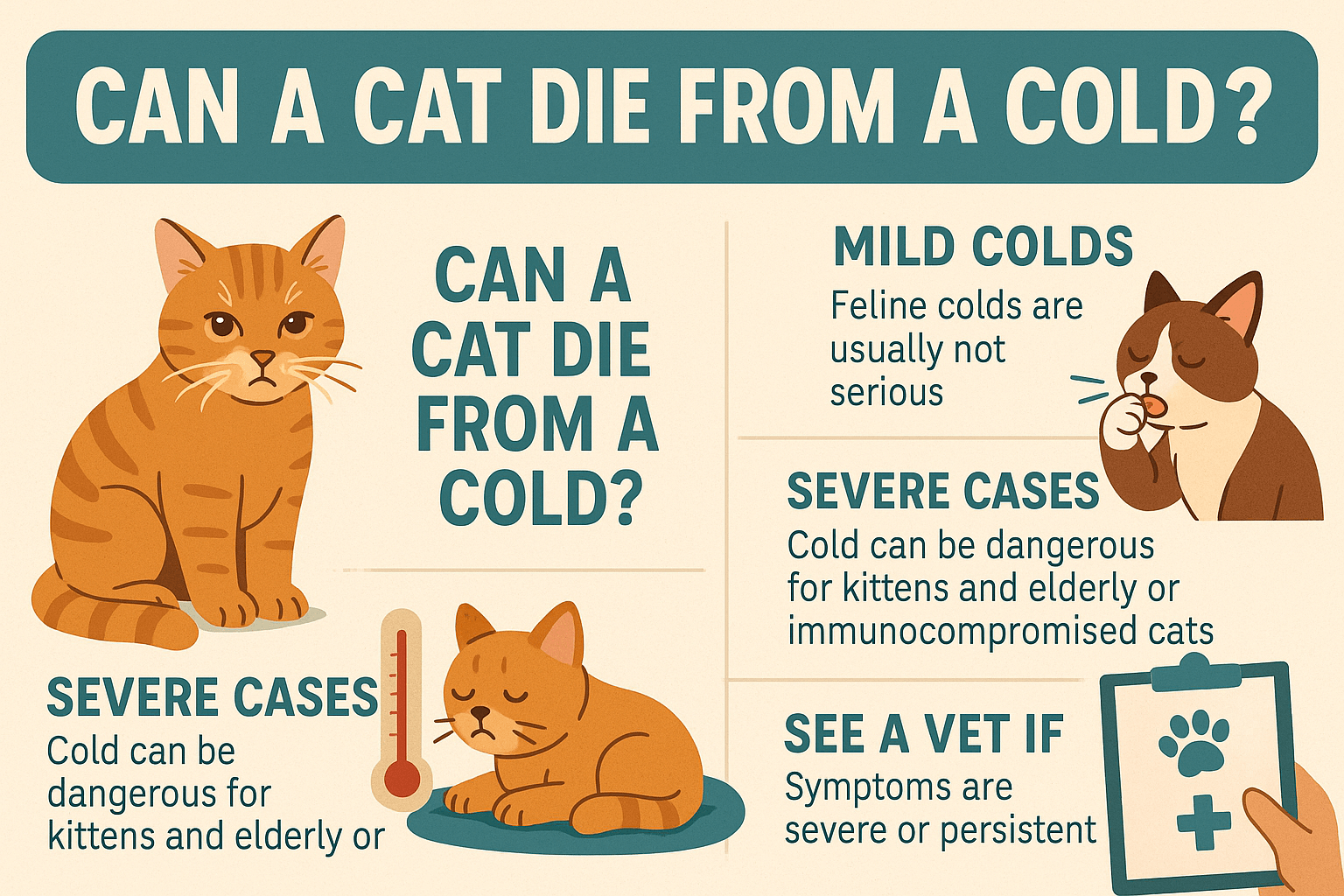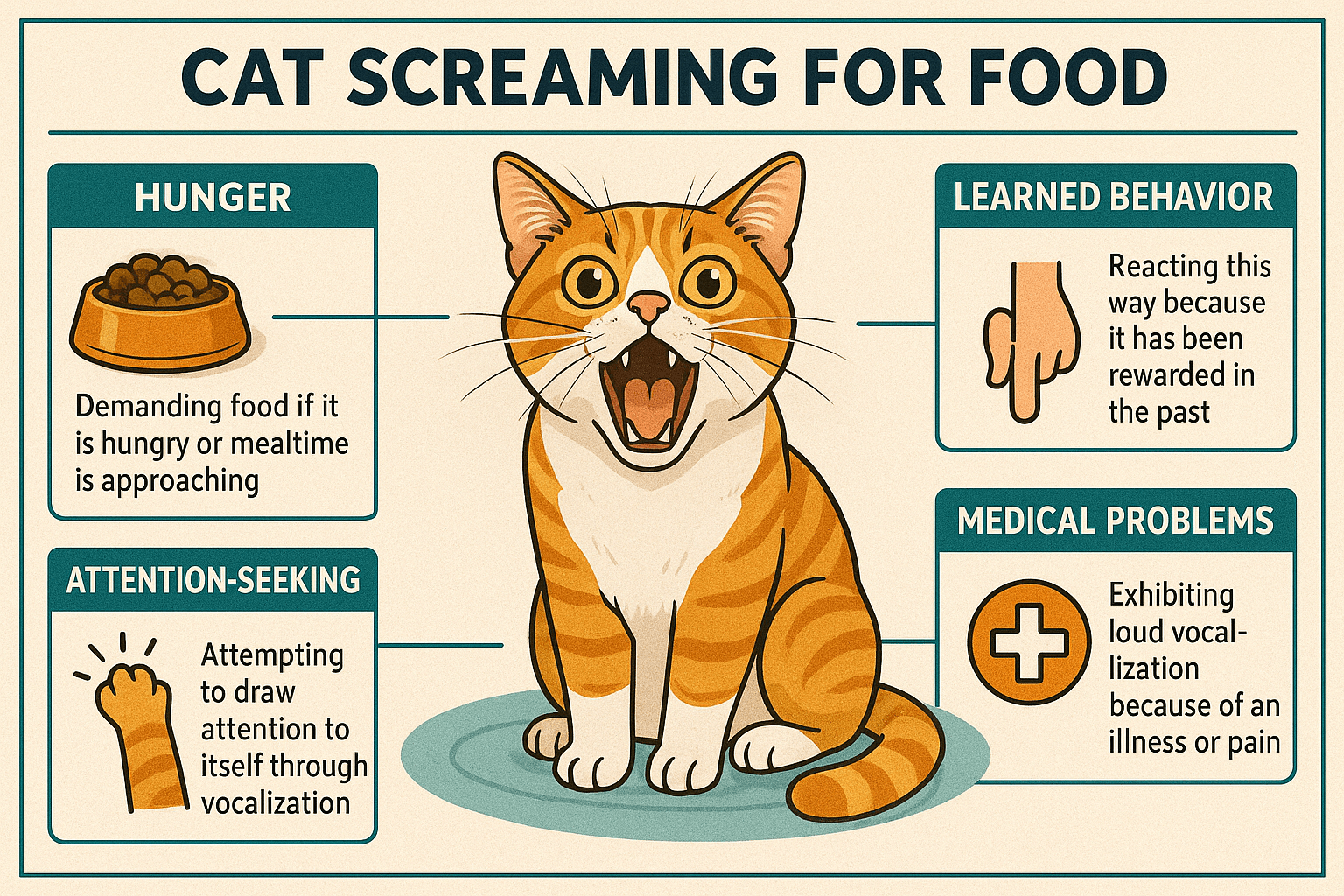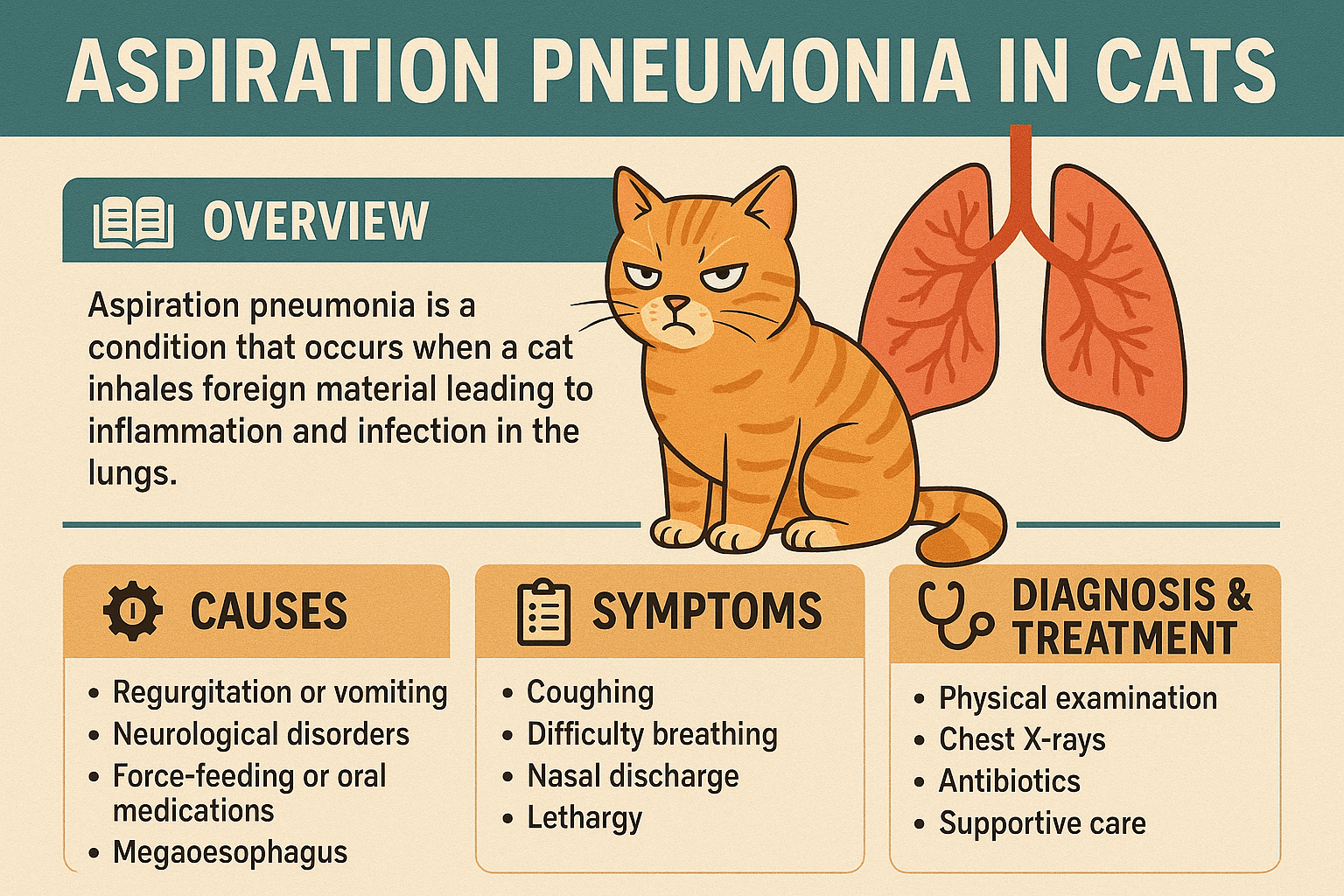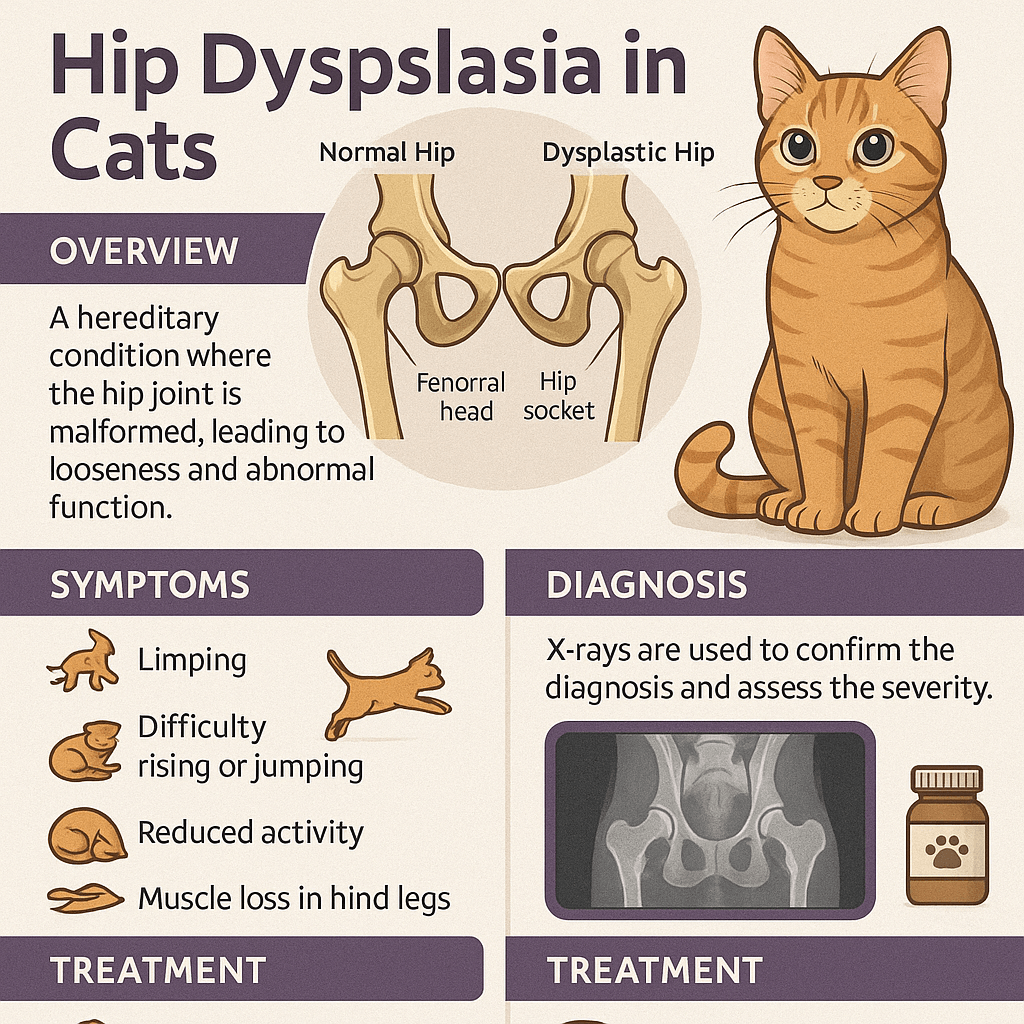Can Cats Eat Cheesecake? What You Need to Know
Cheesecake is a decadent dessert loved by many humans, but what about our feline friends? While it might be tempting to share a bite of this creamy treat with your cat, it’s important to consider whether cheesecake is safe for them. Cats have unique dietary needs and sensitivities, and certain ingredients in cheesecake can pose risks to their health. In this blog post, we’ll explore the potential dangers, safer alternatives, and expert advice on whether cats can—or should—eat cheesecake. By understanding these factors, you can make informed decisions about what to feed your furry companion while keeping them happy and healthy.
Potential Risks of Feeding Cheesecake to Cats
While cheesecake may seem harmless at first glance, several ingredients commonly found in this dessert can harm your cat. Understanding these risks is crucial before offering any human food to your pet.
High Sugar Content:
Cheesecake is loaded with sugar, which can lead to obesity, diabetes, and dental issues in cats over time.Dairy Sensitivity:
Many adult cats are lactose intolerant, meaning the cream cheese and other dairy products in cheesecake can upset their stomachs.Artificial Additives:
Flavorings, preservatives, and artificial colors in cheesecake can irritate your cat’s digestive system or cause allergic reactions.Toxic Ingredients (e.g., Chocolate or Citrus):
Some cheesecake varieties include chocolate, citrus zest, or other toxic ingredients that are harmful to cats.Caloric Overload:
Even small amounts of cheesecake can provide more calories than a cat needs, leading to weight gain and related health problems.
These risks highlight why cheesecake is not an ideal treat for cats and why caution is essential when sharing human food with them.
Signs Your Cat May Be Unwell After Eating Cheesecake
If your cat accidentally eats cheesecake or any other human food, it’s important to monitor them closely for signs of discomfort or illness. Here are some symptoms to watch for.
Vomiting or Diarrhea:
These are common reactions to dairy intolerance or ingestion of sugary foods.Lethargy or Weakness:
A lack of energy may indicate that your cat is experiencing digestive distress or toxicity.Excessive Drooling:
Drooling can signal nausea or irritation caused by certain ingredients in the cheesecake.Loss of Appetite:
If your cat refuses to eat after consuming cheesecake, it could be a sign of gastrointestinal upset.Difficulty Breathing:
In severe cases, especially if toxic ingredients like chocolate were consumed, breathing difficulties may occur.
Recognizing these signs early allows you to seek veterinary care promptly, preventing further complications.
Check this guide 👉Can Cats Eat Spiders? Best 7 Expert Tips!
Check this guide 👉Can Cats Eat Mint? Best 7 Expert Tips!
Check this guide 👉Can Cats Eat Dog Treats? Best 7 Expert Tips!

Safe Treats for Cats | Unsafe Foods for Cats |
|---|---|
Plain cooked chicken (no seasoning) | Cheesecake with chocolate or citrus |
Small pieces of plain fish | Foods high in sugar or salt |
Cat-safe fruits like blueberries | Dairy products (for lactose-intolerant cats) |
Commercial cat treats | Onions, garlic, or chives |
Bone broth (unsalted and unseasoned) | Alcohol or caffeine-containing foods |
How to Safely Introduce Human Food to Your Cat
While cheesecake is off-limits, there are ways to safely introduce human food to your cat’s diet if done responsibly. Follow these guidelines to ensure their safety.
Choose Simple, Natural Foods:
Opt for plain, unseasoned foods like cooked chicken or fish without added oils or spices.Start with Small Portions:
Introduce new foods gradually and in tiny amounts to avoid overwhelming your cat’s digestive system.Avoid Toxic Ingredients:
Never give your cat foods containing chocolate, onions, garlic, or artificial sweeteners like xylitol.Monitor for Reactions:
Watch for any adverse reactions, such as vomiting or diarrhea, after introducing a new food.Consult Your Veterinarian:
Always check with your vet before making significant changes to your cat’s diet or introducing new foods.
By following these steps, you can safely experiment with human foods while prioritizing your cat’s well-being.
Healthier Alternatives to Cheesecake for Cats
If you want to spoil your cat with a special treat, there are plenty of healthier and safer options available. These alternatives cater to their nutritional needs without risking their health.
Homemade Cat Treats:
Prepare simple treats using ingredients like cooked chicken, pumpkin puree, or tuna.Cat-Safe Fruits:
Offer small portions of cat-safe fruits like watermelon (seedless), blueberries, or apples (without seeds).Commercial Cat Treats:
High-quality commercial treats are specifically formulated to meet your cat’s dietary requirements.Freeze-Dried Meat Snacks:
Freeze-dried chicken, turkey, or beef provides protein-rich treats that most cats adore.Plain Yogurt (Optional):
If your cat tolerates dairy, a small amount of plain yogurt can serve as an occasional treat.
These alternatives allow you to indulge your cat’s taste buds without compromising their health.
Common Mistakes When Feeding Cats Human Food
Feeding cats human food can be tricky, and mistakes are common. Avoiding these pitfalls ensures your cat stays safe and healthy.
Assuming All Human Food Is Safe:
Many human foods, including sweets like cheesecake, are unsuitable for cats due to their unique physiology.Ignoring Portion Sizes:
Even safe foods can cause issues if given in excessive amounts, leading to weight gain or digestive upset.Overlooking Ingredient Labels:
Harmful additives like artificial sweeteners or seasonings can go unnoticed if labels aren’t carefully checked.Not Considering Allergies:
Some cats may have allergies or sensitivities to specific foods, requiring extra caution when introducing new items.Skipping Veterinary Advice:
Consulting your vet before trying new foods prevents accidental harm and ensures proper nutrition.
Avoiding these mistakes helps protect your cat from unnecessary risks.
Understanding Your Cat’s Nutritional Needs
Cats are obligate carnivores, meaning their bodies are designed to thrive on a meat-based diet. Understanding their nutritional requirements helps you make better dietary choices.
High Protein Requirement:
Cats need diets rich in animal-based proteins to support muscle development and overall health.Limited Carbohydrate Tolerance:
Unlike humans, cats don’t process carbohydrates efficiently, making sugary foods like cheesecake unsuitable.Essential Fatty Acids:
Omega-3 and omega-6 fatty acids are vital for maintaining healthy skin and a shiny coat.Hydration Through Wet Food:
Cats often struggle to drink enough water, so wet food can help keep them hydrated.Avoiding Fillers and Additives:
Low-quality fillers and artificial additives can harm your cat’s health over time.
Meeting these nutritional needs ensures your cat stays strong, energetic, and disease-free.
Fun Ways to Treat Your Cat Without Cheesecake
Spoiling your cat doesn’t require risky human foods like cheesecake. Here are some fun and creative ways to treat your feline friend safely.
Interactive Feeders:
Puzzle toys and treat-dispensing balls encourage mental stimulation while rewarding good behavior.DIY Catnip Toys:
Stuff socks or fabric scraps with catnip to create engaging toys your cat will love.Cat Grass:
Growing cat grass indoors provides a natural snack option that satisfies their chewing instincts.Playtime Rewards:
Use play sessions with feather wands or laser pointers as a non-food reward for good behavior.Special Grooming Sessions:
Pamper your cat with gentle brushing or a cozy cuddle session as a bonding “treat.”
These ideas allow you to show affection and appreciation for your cat without compromising their health.
Frequently Asked Questions About Cats and Cheesecake
Is cheesecake toxic to cats?
While not always toxic, cheesecake contains ingredients like sugar and dairy that can harm your cat’s health.
What happens if my cat eats cheesecake?
They may experience digestive upset, vomiting, diarrhea, or other symptoms depending on the ingredients.
Can kittens eat cheesecake?
Kittens are even more sensitive to dietary changes, so cheesecake should be avoided entirely.
Are there any safe desserts for cats?
No traditional desserts are safe, but cat-safe fruits or homemade treats can serve as alternatives.
How much cheesecake is too much for a cat?
Even a small bite can be problematic due to its high sugar and dairy content. It’s best to avoid feeding it altogether.
Prioritizing Your Cat’s Health Over Temptation
While it might be tempting to share a slice of cheesecake with your feline friend, it’s clear that this dessert poses significant risks to their health. From high sugar content to potential toxicity, there are many reasons to avoid feeding cheesecake to your cat. Instead, opt for safer, healthier alternatives that align with their dietary needs. By prioritizing your cat’s well-being and consulting your veterinarian about their diet, you can ensure they stay happy, healthy, and thriving. Remember, a small treat doesn’t have to come at the cost of your cat’s long-term health.
Can a Cat Die from a Cold? Best 7 Expert Tips! Learn how to identify, treat, and prevent feline colds while understanding when to seek veterinary care for your cat’s health.
Cat Screaming for Food: Best 7 Expert Tips! Discover effective strategies to manage your cat's food-related vocalizations and create a peaceful feeding routine.
Aspiration Pneumonia in Cats: Best 7 Expert Tips! Discover causes, symptoms, and treatment advice to protect your cat’s respiratory health and ensure a speedy recovery.
Hip Dysplasia in Cats: Best 7 Expert Tips! Discover expert advice on managing hip dysplasia in cats, from symptoms and prevention to treatment options for a happier, healthier feline life.




